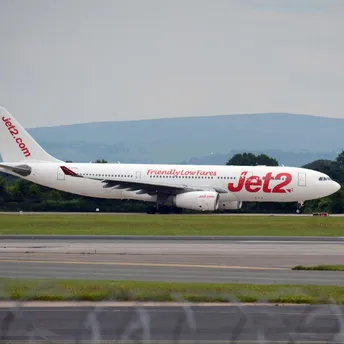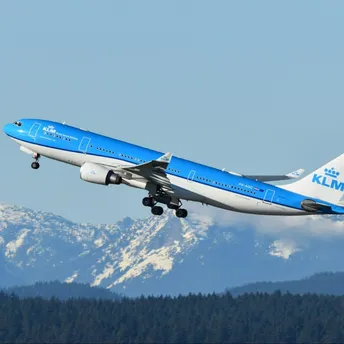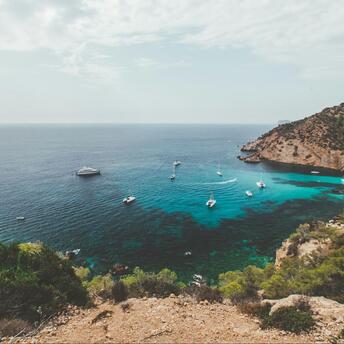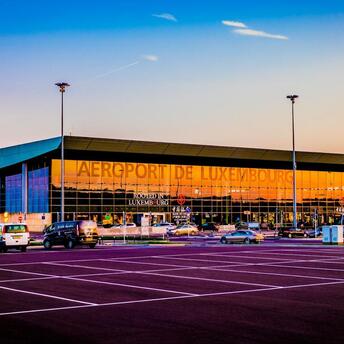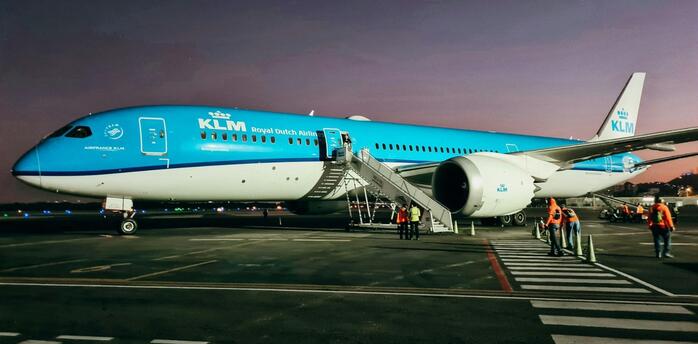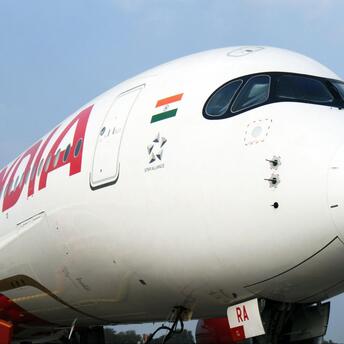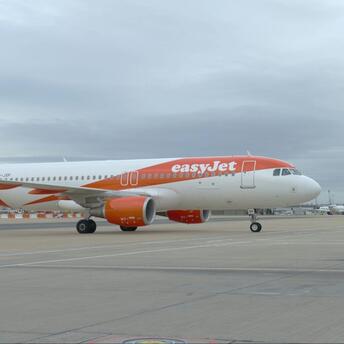The farthest place the Vikings reached: explanation of archaeologists
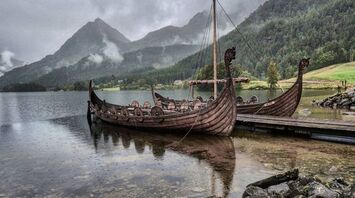
History is full of riddles and mysteries that historians and archaeologists are still solving. One of them is the Scandinavian Vikings. They were on four continents, raiding, plundering, and trading. The Vikings reached the far west, as far as Newfoundland, but did they also venture into Africa, the Middle East, and Asia?
How far did the Vikings travel and what do scientists say about it? Live Science finds out.
Viking travels around the globe: where did they go?
The main goal of the Vikings was to gain power and wealth. They were engaged in trade, and then realized that it was not necessary and they could just take what they wanted.
Initially, organized fleets of young men sailed from Scandinavia during the summer to raid and return in the fall with their booty, says Alexandra Sanmark, professor of medieval archaeology at the University of the Highlands and Islands in Scotland. Over time, the conquerors began to settle in new territories, gradually bringing families to create permanent settlements. They also established points where they could stop along important routes.
"There were periods when the Vikings controlled vast areas, except for King Cnut's North Sea empire, which was not an empire," said Ellen Ness, an archaeologist at the Museum of Cultural History in Oslo, Norway.

According to Ms. Sanmark, the earliest expeditions to the west took them to northern Scotland, where they quickly caught up with the indigenous population and established settlements. From there, further short journeys to the neighboring Hebrides and Faroe Islands were possible, eventually allowing the Vikings to reach as far as Iceland by 870.
Researchers are struck by the fact that about a millennium ago, Vikings traveled a distance of 2,400 miles (3,900 kilometers) from Norway to Newfoundland. This shows that the Vikings were brilliant sailors. However, they did not stay long in their settlements in North America.
Likewise, the Scandinavian conquerors managed to visit not only the west but also the east. And this expansion had a different character. Viking warriors crossed the Baltic Sea and traveled along the inland rivers of Eastern Europe and Russia. Their path passed through modern Kyiv and Novgorod in Russia during the 900s and up to Constantinople in Byzantium. Scholars say that here the Vikings focused on trade rather than raiding. They settled among the local population and strengthened their power.
Scientists also write that this may not have been the end of their journey. They could have gone further east.
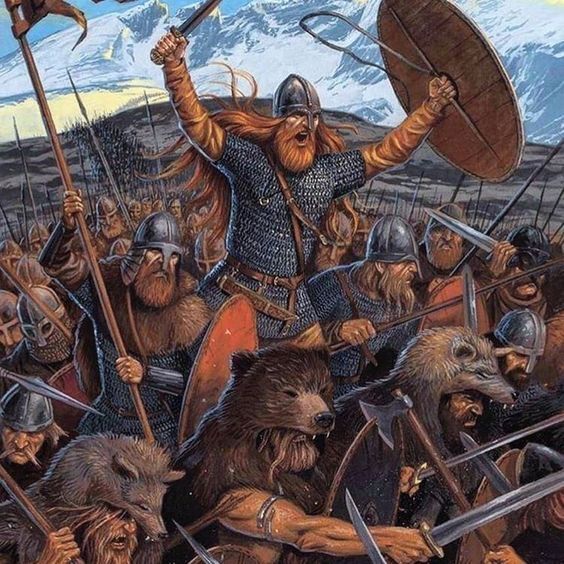
"We can track them through burials, settlements, or written sources, but when that stops, we can only see what they brought back to Scandinavia ," continues Sanmark."There is silk from China in Sweden, but we don't know how far they went to get this material. But they definitely had connections as far as China and India; there's no doubt about that."
Expansion southward around the northern coast of France, the Iberian Peninsula (Spain and Portugal), and finally along the northern coast of Africa took place in the early 11th century. However, due to difficult arid conditions and lack of waterways, they never attempted to cross the Sahara and reach Africa.
Therefore, based on the results of the study, scientists say that Newfoundland is the farthest point where the Vikings managed to move.



